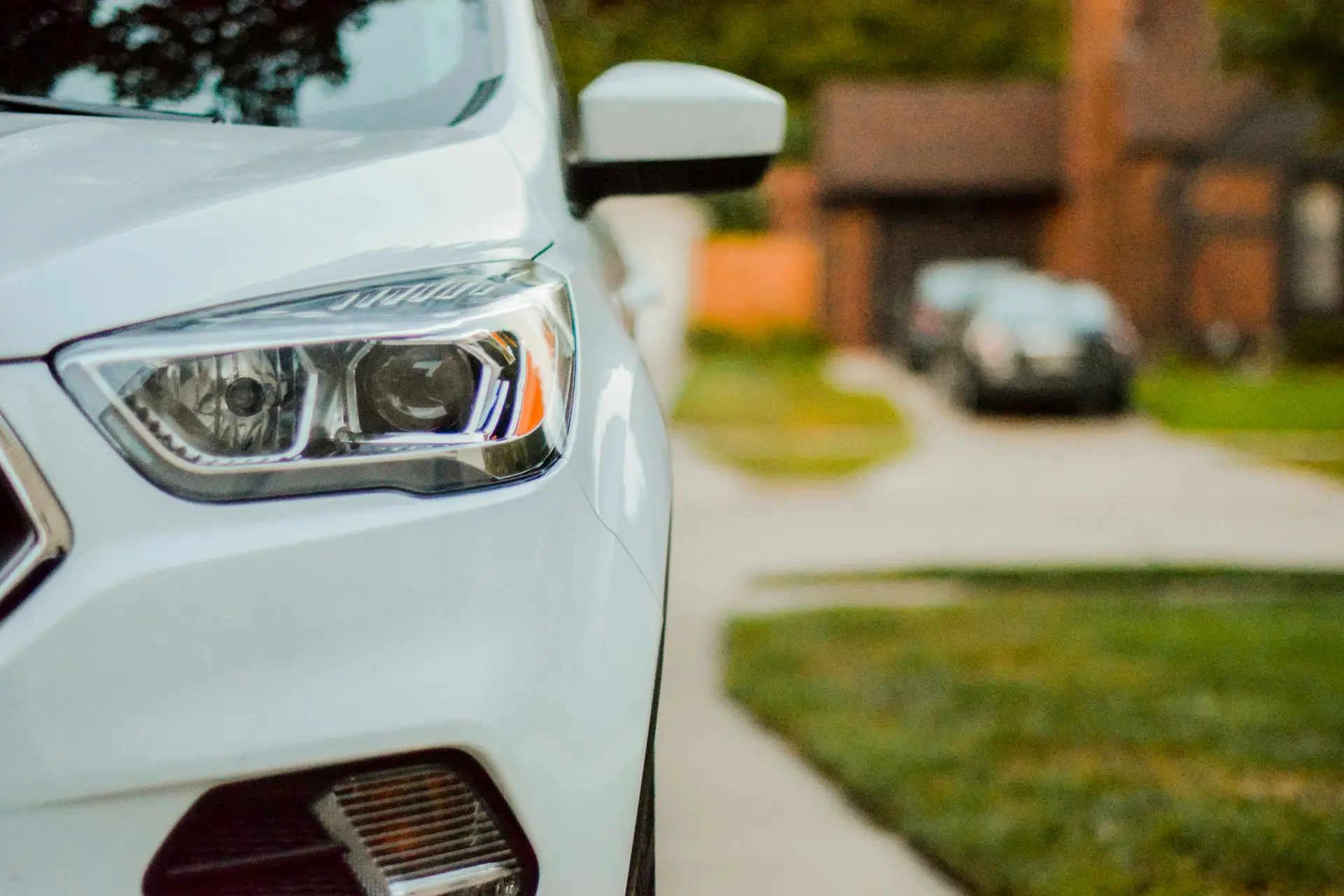
Car Insurance Terminology (Part Three)
Car Insurance Terminology: Part Three
So far, we have gone over some of the important, major terms that may appear on your car insurance policy. Almost all of these terms were types of coverage. If you are familiar with these terms, you will become a more informed consumer and thus, be able to make better decisions when shopping around for car insurance. In part three of our series on car insurance terminology, we will cover just a few of the types of add-ons that you may wish to consider adding to your policy.
Gap Insurance
When insurance companies are negotiating settlements, they use standard valuation measures to determine the worth of a car. Unfortunately, cars depreciate quickly, which means your car might not be worth quite as much as you would think. It may even be possible that you owe more on the car than the standard valuation measurement would calculate it to be currently worth. If this is the case, you could be left without a car, AND outstanding car payments. Gap insurance will cover this difference.
Rental Car Reimbursement
Most of us are dependent on our car for transporting to work, school, or wherever else we need to go. Without a car, our lives would become a lot more difficult. Rental Car Reimbursement ensures that you will have a vehicle to drive if yours is damaged in an accident. Of course, add-ons will increase your monthly premium so you should decide for yourself if rental car reimbursement is a necessity or not.
Roadside Assistance
The specifics of roadside assistance policies will vary from carrier to carrier, but in a general sense, they function the same way as a AAA membership. If you break down on the side of the road, someone will be there to help with change a flat tire, jump your battery or tow your vehicle if it is inoperable. Often, the reason for opting for this through your insurance provider, rather than an outside party like AAA, is because they may offer you a bundled discount.
Images used under creative commons license – commercial use (12/9/24). Photo by Sarah Brown on Unsplash



